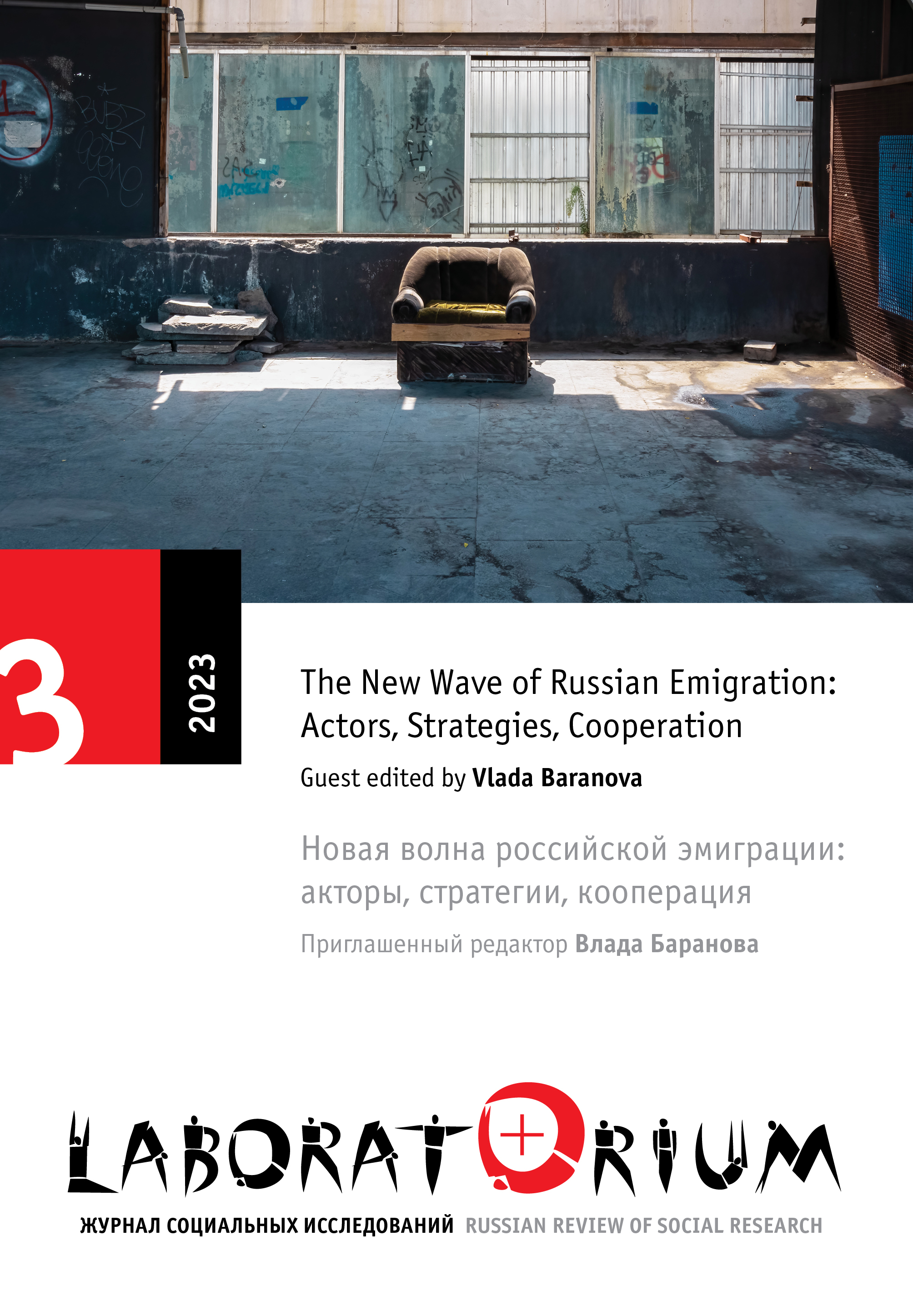Kyrill Kunakhovich. Communism’s Public Sphere: Culture as Politics in Cold War Poland and East Germany. Ithaca, NY: Cornell University Press, 2022
Main Article Content
Abstract
The enduring interest in exploring the regimes of public spheres within communist societies has not waned in recent years. Much of this can be attributed to communism’s constraints on free expression, rendering cultural domains as almost the sole platforms for public spheres. In his book, historian Kyrill Kunakhovich, who specializes in contemporary Central and Eastern Europe, sheds light on the political role played by cultural spaces under communist regimes. By focusing on Leipzig (former East Germany) and Kraków (Poland) as comparative units of analysis, Kunakhovich traces the evolution of state-society relationships within cultural realms under the communist rule, from the arrival of the Red Army in Eastern Europe in 1944 to the reunification of Germany in 1990. The author explores how these interactions reshaped the sociopolitical landscapes of both countries and brought about transformations in communist politics. Employing a comparative and transnational historical approach, Kunakhovich transcends the mere juxtaposition of national case studies examining them in tandem, a perspective that “inevitably highlights the contrasts between them” (p. 16). Given the limitation of comparative case studies that may not fully encompass the entirety of the panorama, the book seeks to illuminate the dynamics within both countries’ public spheres as they manifested in communist cultural spaces.
Text in English
Keywords
Public Sphere, Communism, Poland, East Germany
Abstract 167 | PDF Downloads 234


